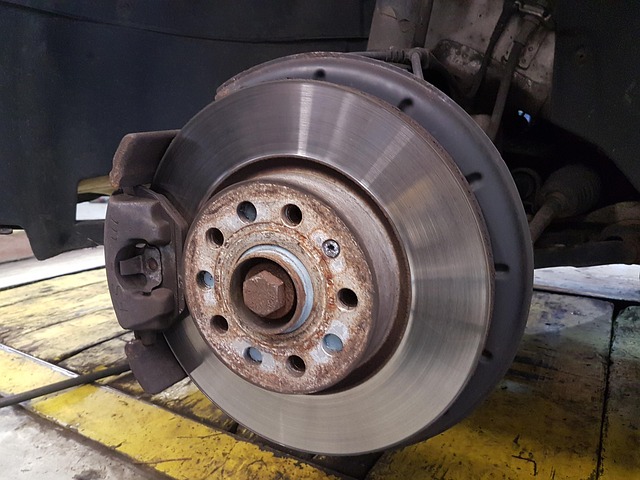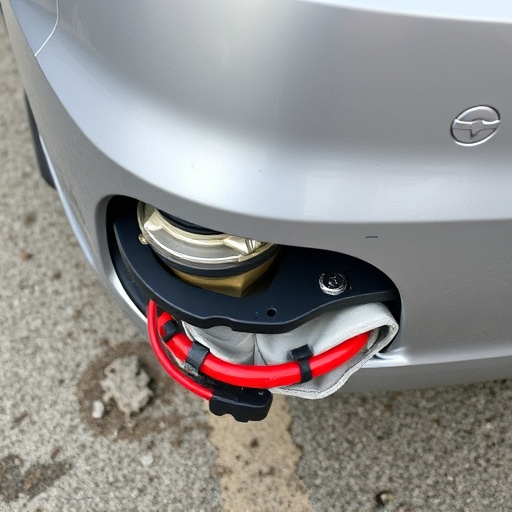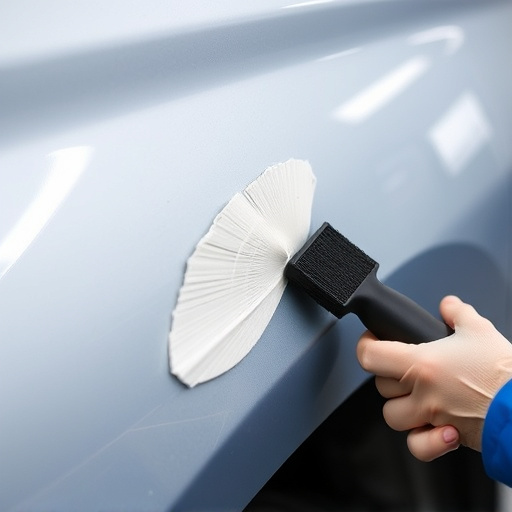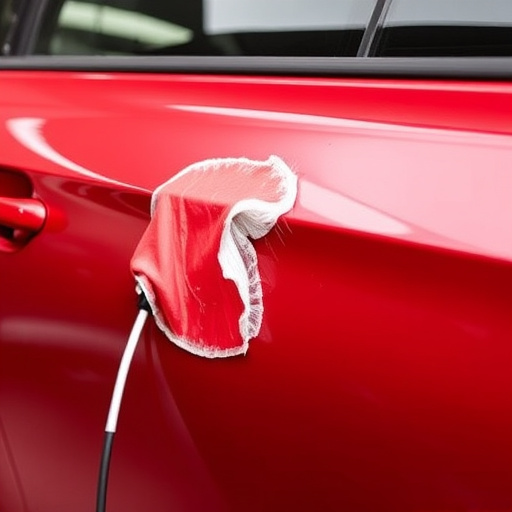Commercial fleet managers require tailored customer repair education to address diverse vehicle makes and intense operational demands. Focused training on preventive maintenance, common issues, and advanced diagnostics empowers teams to reduce downtime, handle complex tasks, and offer superior service. Emphasizing hands-on experience with specialized vehicles and incorporating digital learning tools enhances efficiency. Measuring success through qualitative and quantitative data, including client surveys, ensures program optimization and informed vehicle maintenance decisions.
In today’s competitive market, exceptional customer repair education is pivotal for commercial and fleet clients. Understanding unique repair needs in diverse settings empowers businesses to deliver tailored solutions. This article delves into three key areas: understanding complex customer repair requirements, designing robust education programs specific to fleets, and measuring the success of these initiatives through comprehensive outcome evaluation. By exploring these aspects, businesses can enhance customer satisfaction and optimize their operational efficiency through effective repair education.
- Understanding Customer Repair Needs in Commercial Settings
- Designing Effective Repair Education Programs for Fleets
- Measuring Success: Evaluating Customer Repair Education Outcomes
Understanding Customer Repair Needs in Commercial Settings

In commercial settings, understanding customer repair needs goes beyond individual vehicle issues. It involves comprehending the unique challenges and demands of fleets, which often include a wide range of makes and models, and are subject to intense use and harsh operating conditions. Effective customer repair education for commercial and fleet clients must address these specific requirements. By providing tailored training on topics such as preventive maintenance, common fleet-specific issues, and advanced diagnostic techniques, businesses can empower their teams to offer superior service and reduce downtime.
Commercial clients often require efficient, cost-effective solutions that minimize disruption to their operations. They need their vehicles and equipment to be reliable, which is crucial for maintaining productivity and customer satisfaction. Educational programs should focus on delivering practical knowledge and skills in areas like vehicle repair, collision repair services, and automotive repair services. Equipping employees with the right tools and expertise allows them to handle a variety of tasks, from routine maintenance to complex repairs, ensuring that operations run smoothly and safely.
Designing Effective Repair Education Programs for Fleets

Effective repair education programs are instrumental in empowering commercial fleet managers and their teams with the knowledge and skills required to handle repairs efficiently. For large fleets, such as those belonging to logistics companies or taxi services, tailored training can significantly reduce downtime and improve operational productivity. These programs should focus on providing hands-on experience, especially when dealing with specialized vehicles like Mercedes-Benz collision repair models. By offering comprehensive workshops and simulation exercises, fleet managers can ensure their staff are adept at handling various automotive repairs, from routine maintenance to complex bodywork.
Additionally, incorporating digital learning tools and online resources can enhance the educational experience. Interactive modules and virtual simulations allow mechanics to practice on different vehicle makes and models, including auto repair shops’ most common types. This tech-driven approach ensures that when a fleet vehicle encounters a problem, the technician is prepared with the right techniques and parts knowledge, leading to faster repairs and improved customer satisfaction.
Measuring Success: Evaluating Customer Repair Education Outcomes

Measuring the success of customer repair education initiatives is paramount to ensuring the program’s effectiveness and identifying areas for improvement. This evaluation process involves a multi-faceted approach, considering both qualitative and quantitative data. By assessing customer satisfaction levels, companies can gauge whether the educational content has empowered clients to make informed decisions regarding their fleet or commercial vehicles’ maintenance and repairs.
One key metric is the reduction in the number of unnecessary or costly repairs after implementation. For instance, tracking the decrease in hail damage repair claims or incidents of extreme car body restoration work can demonstrate the program’s success in fostering a more proactive approach to vehicle care. Additionally, surveys and feedback from clients can provide insights into their decision-making processes, revealing whether they are now better equipped to differentiate between genuine repairs and cosmetic enhancements, thereby minimizing unnecessary vehicle restoration expenses.
Customer repair education is a powerful tool for businesses to enhance their operational efficiency and reduce costs. By understanding specific commercial and fleet client needs, tailored repair education programs can significantly improve maintenance outcomes. Through effective measurement strategies, companies can ensure these educational initiatives are successful, fostering better customer relationships and optimized vehicle performance. Investing in customer repair education is a strategic move towards a more sustainable and profitable future for any business operating a fleet of vehicles.














